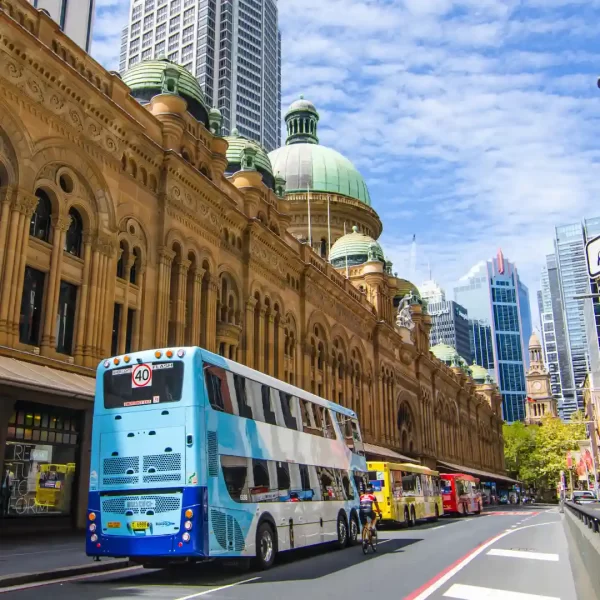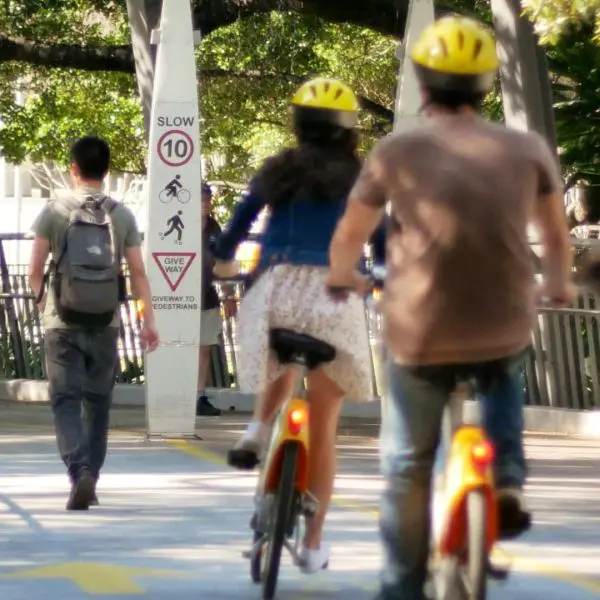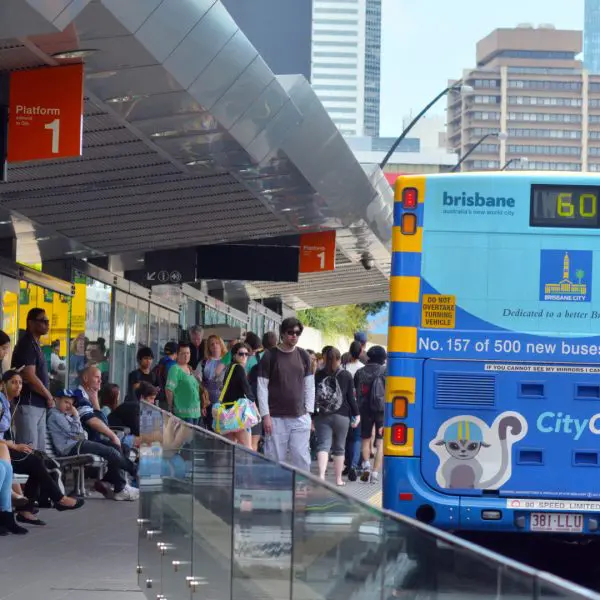
Planning a legacy for our cities
2 April 2020
One of the flow-on effects of COVID-19 will be that the way we plan for and facilitate the movement of people and goods around our cities will change significantly. This pandemic, which is wreaking havoc in so many ways, provides us with an unexpected opportunity to rethink the business-as-usual approach with outdated policies and investment decisions. If we are brave, we can make a seismic shift in the way we provide for the movement of people and goods across our cities.
Throughout times of crisis, it’s important that we focus on those things which we can influence and we all need to play our role. As city nerds, transport planners, policy makers, and economists we need to be thinking ahead, beyond the immediate crisis. Planning for a smart rebound and a cost-effective recovery can – and should – start now. It is clear that we need to facilitate a speedy recovery. The actions we take should benefit as many people in the community as possible, and we need to do more with less.
To my mind, the need to change the way we plan our cities is driven by two factors:
1. The significantly weakened fiscal position of government
2. Our newly demonstrated ability as a society to work, learn and interact in different ways
What I would like to see is our efforts expended on three key focus areas. There is no silver bullet here and there is nothing magical about what I am proposing. What is different though is our capacity right now to make decisions to expedite the recovery and leave a legacy for the future inhabitants of these cities.
Short term recovery: focus on managing demand for travel
Now ask the question, ‘Who likes being stuck in traffic?’ This crisis has proven that a portion of our workforce can adapt to new ways of working and communicating with colleagues and clients that doesn’t involve a lengthy commute on congested transport systems. There are also student and teacher populations that are adapting to a new way of learning.
For decades, the concept of a telecommuting workforce has seemed unreachable. There have been fears of loss of productivity and an inherent lack of trust between employers and staff.
To borrow an analogy from the current crisis, actions we take here need to focus on flattening the curve. We need to flatten the peak demand curve which results in avoidable transport investment to cope with this short-lived demand. This means that for a large portion of the day we end up with significantly under-utilised and economically inefficient assets. Without intervention, we risk returning to the same peaky behaviour.
If we reject business-as-usual and rethink our approach, in practical terms this will result in less time sitting in congestion, more time at home and quicker trips for those who have no alternative. Hopefully our shared experience of flattening the curve will offer us insight into the power of collective action towards a common goal, making us more open to schemes which prioritise system (or societal) benefits. A staged rollout of initiatives could see a detailed review of transport pricing to mitigate peak demand, incentivising active and public transport and providing incentives for staggering or delaying school and work commutes (noting that start times could be different).
Medium term recovery: infrastructure stimulus spending needs to be smart
It’s not about the size of any infrastructure-led economic stimulus but more so what we do with it which is important. This is the time to reimagine all the projects that have been on the drawing boards and in the bottom drawers of engineers and planners for a long time. We need to avoid simply dusting them off and pretending nothing has changed.
Also, we need to acknowledge that especially now, we can’t do everything. In fact, we’ve never been able to do everything. More important now though is that we are smart and considered in the way we invest.
We should be investing in smart infrastructure to more efficiently manage congestion on our roads (in conjunction with demand management), more buses and trains (we have tonnes of infrastructure waiting for their arrival), more active transport and e-mobility infrastructure provision. Let’s consider repurposing some of our infrastructure.
Don’t get me wrong, I’m a big fan of a major projects. But as we look to recover and rebound in a sustainable way, now is not the time for more new major schemes to be put on the drawing board.
Long term recovery: rethink our integrated planning and investment frameworks
It’s a long-held view that transport shapes cities. The long-term success of Australian cities requires us to rethink two key areas of how we plan and deliver transport.
The first is the relationship between transport and land use. There has always been a tenuous link between land use and transport planners with provision of transport often an afterthought. We fail to correctly account for the cost to government and ultimately taxpayers, and the impact on individuals when planning new land developments.
Secondly, our investment frameworks and importantly our economic models which underpin our suite of investments need to change.
In South East Queensland, before this crisis, advocacy, debate and commentary was shaped by the potential City Deal and planning for a 2032 Olympics. The public discussion has focussed on legacy infrastructure and the need for fast or faster rail and major region-shaping investments.
There is no better time than now to reshape our thinking. The new starting point should prioritise reform measures such as demand management, land-use planning and controls and how planning, economics and our investment frameworks inform decisions. These considerations will be critical in determining what infrastructure is most deserving of our scarce funds.
The benefits of acting now will be enduring. We have the chance to improve the efficiency of the movement of people and goods around our cities. Less capital and operational expenditure will be required to achieve the same or possibly a better outcome, freeing up important funds and resources that can be redeployed to the important recovery of other parts of the economy.
We may never get a chance like this to make our cities and economies stronger and healthier.



